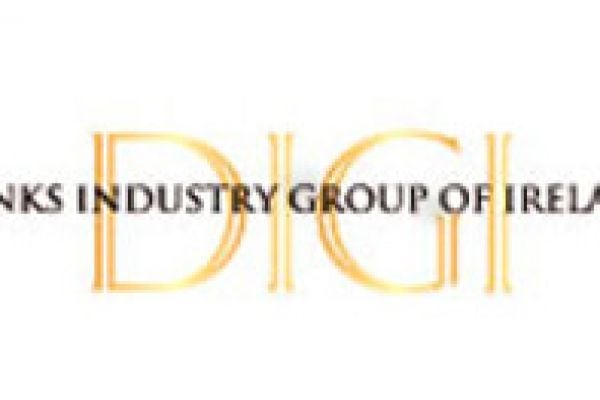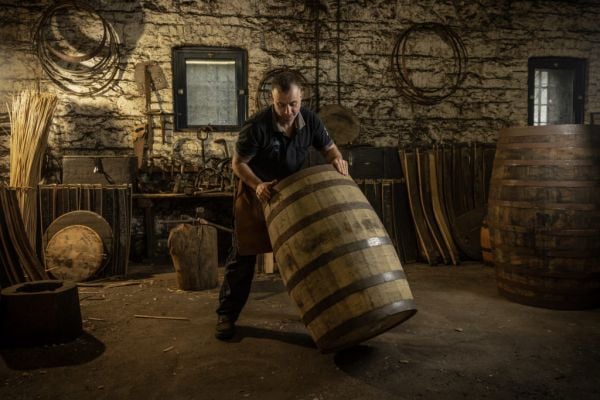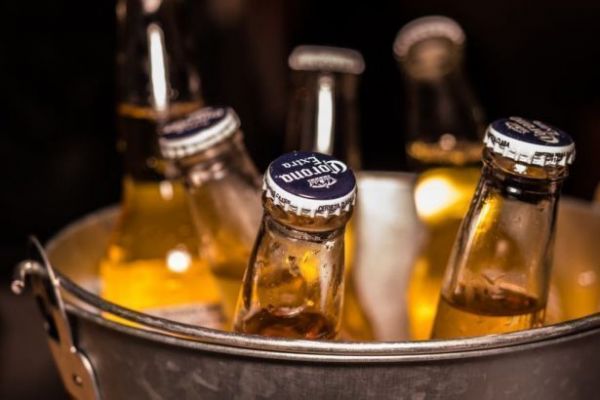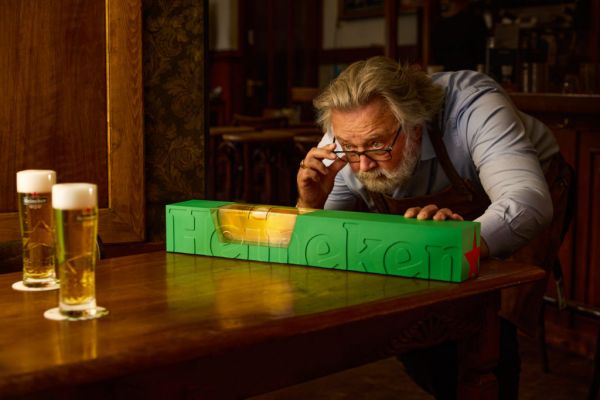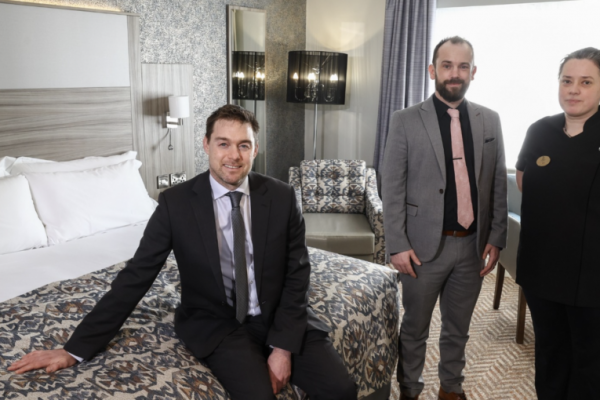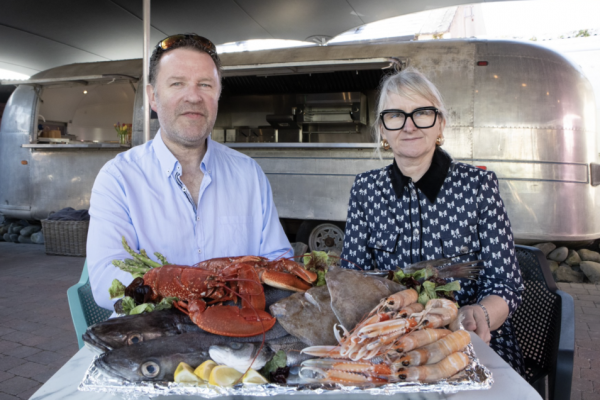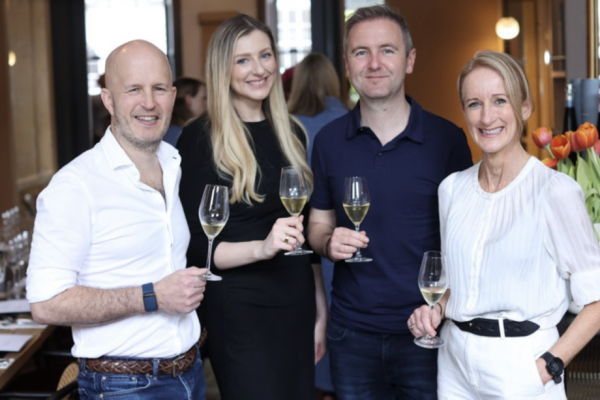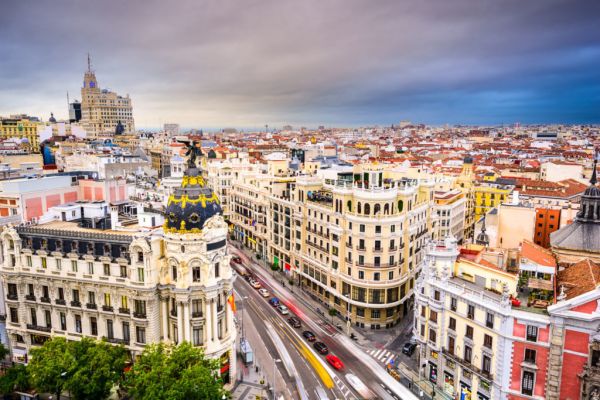A new report by Tony Foley, economist, DCU Business School, was launched today entitled ‘The Contribution of the Drinks Industry to Tourism’.
The report was launched at a debate facilitated by Prof Kevin Rafter between leading tourism stakeholders on the relationship between the hospitality and drinks industry in Ireland and the country’s tourist offering. The event entitled “Ireland’s tourism offer - are our hospitality and drinks industries unique resources or do they play into an embarrassing national stereotype?” was hosted by the Drinks Industry Group of Ireland (DIGI) as part of its ‘Support your local’ campaign.
The key findings from the report by Foley include: · The top-ranked activity influencing overseas visitors to come to Ireland was the experience of the Irish pub (80 per cent)· “Listening to Irish music in a pub” was the number one activity cited by visiting tourists (83 per cent)· Guinness Storehouse was the biggest fee-charging tourism attraction in the country. It achieved a record number of visitors of 1.1571 million in 2013. The Old Jameson Distillery was also in the top 20 of fee-charging attractions with 267,800 visitors. Over 90 per cent of these visitors are from overseas.· The tax take from tourism in 2013 was €1.4 billion and domestic and overseas tourism expenditure was €4.7 billion excluding carrier receipts.
Speaking about the research, Tony Foley said, “The economic role of tourism is substantial. Recent improved tourism performance has contributed to the economic recovery. The 2014 Government draft Tourism Policy includes very ambitious growth targets for tourism to increase the take to €5 billion in real terms compared to the level of €3.3 billion in 2013. Hospitality and drinks industry support will contribute to the realisation of the ambitious tourism growth targets.” Bart Storan, campaign manager for ‘Support Your Local…’ said, "Tourism is expected to play a major role in the recovery of employment and economic activity over the next few years. The drinks industry can contribute to the realisation of these ambitious growth targets if it’s supported appropriately. Punitive excise increases in the last two budgets have created an unsustainable position for the industry - pubs are closing and the small businesses that make up the industry are struggling to stay afloat. "Excise is a tax on tourism. Increasing tax on alcohol, including excise duty, does not address misuse of the product, it simply harms our tourism offering. Fáilte Ireland research cites that the price of alcohol, which is the highest in Europe, is one of the main contributors as to why tourists would not visit Ireland again-second only to the weather. Do we really want to give tourists another reason not to visit again?"
Some of the key points emerging from the discussion were the importance of the drinks industry to Ireland's tourism offering, the impact of taxation on the drinks industry and the resulting effect on the tourism industry. The discussion also focused on taking pride in our world class premium alcohol brands and promoting the brands responsibly. Promoting and taking pride in these brands and what they can do for Ireland can be separated from the issue of misuse of alcohol, which also needs to be tackled, and such separation needs to be appreciated by the public, media and government. Taking part in today’s discussion were: Paul Carty, managing director, Guinness Storehouse and chair of Irish Tourist Industry Confederation; Oliver Hughes, Porterhouse Group; Adrian Cummins, chief executive, Restaurant Association of Ireland; Ailbhe Roche, Irish Whiskey Museum; Padraig Cribben, CEO, Vintners Federation of Ireland; Cathy Sullivan, marketing manager for the Tullamore DEW Visitor Centre; Tim Fenn, Irish Hotels Federation and Tony Foley, DCU Business School.
